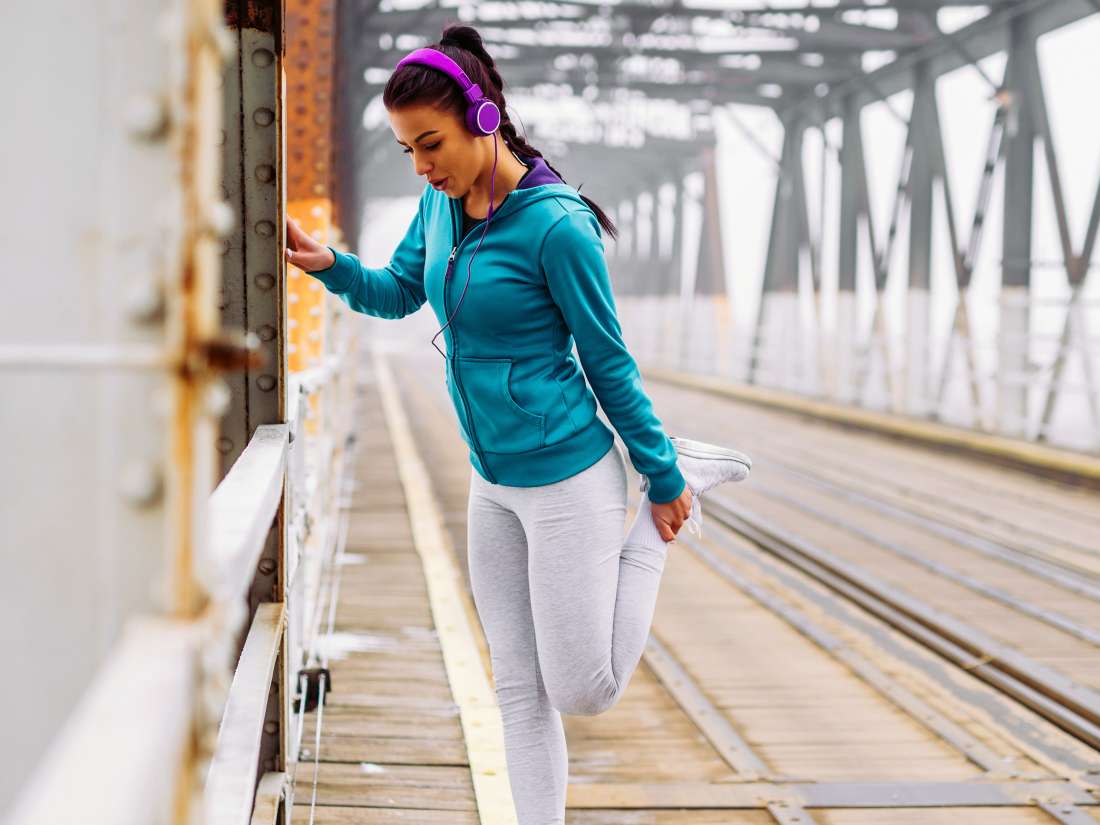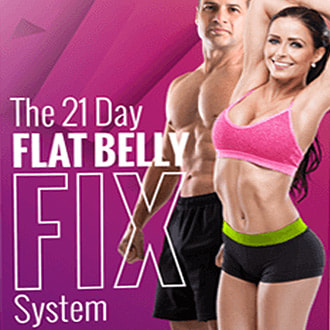What makes us impulsive? Why do we find it so easy to say "yes," when we know that "no" would be better for us in the long run? A recent study in rodents explores the neural mechanisms behind impulsivity.
 Share on Pinterest
Share on Pinterest
Controlling our impulses can often be difficult, but for some of us, the struggle can be all-consuming.
Impulsivity is an integral part of a range of conditions, including drug addiction, obesity, attention deficit hyperactivity disorder, and Parkinson's disease.
The authors of a recent paper, published in Nature Communications, define impulsivity as "responding without apparent forethought for the consequences of one's actions."
As they explain, being impulsive is not always a bad thing, but, "It can often lead to consequences that are undesired or unintended."
The new study sets out to understand more about the mechanisms that produce impulsivity. The scientists hope that this knowledge might, eventually, lead to interventions that could reduce impulsivity.
An impulsive peptide
In particular, the scientists homed in on a peptide called melanin-concentrating hormone (MCH). Earlier studies have linked this peptide to both drug- and food-seeking behaviors.
MCH, a neurotransmitter, is primarily produced in the hypothalamus and has also been implicated in mood, energy balance, and the sleep–wake cycle.
The scientists carried out a range of experiments in rats to examine the role of MCH in impulsive behavior.
In their first experiment, they presented the rats with a lever. When the rats pressed it, they received a food pellet, but the reward was only available every 20 seconds. If the rats pressed the lever before the 20 seconds were up, the clock restarted, and they had to wait longer for their rewards.
In other words, the rats were rewarded for controlling their impulses. After the scientists had trained the rats on the task, they injected MCH into their brains.
The MCH increased the number of lever presses, making them less efficient at the task; essentially, they became more impulsive.
Hypothalamus and hippocampus
By scanning the rodents' brains, the scientists could get an idea of the neural pathways that were involved. MCH running from the lateral hypothalamus to the ventral hippocampus appeared to be key.
The lateral hypothalamus is involved in a range of functions, including feeding behavior; the ventral hippocampus is associated with stress, mood, and emotion.
The senior author of the paper, Scott Kanoski, Ph.D., an associate professor at the University of Southern California Dornsife College of Letters, Arts, and Sciences, in Los Angeles, explains the overall findings:
"We would drive the system up, and then we would see the animals be more impulsive. And if we reduced function, we thought they would be less impulsive, but instead, we found that they were more so. Either way, they had elevated impulsivity."
So, whether the scientists boosted traffic between the lateral hypothalamus and the ventral hippocampus or reduced it, the effect was the same — increased impulsive behavior. This seems surprising, but as the authors explain, earlier studies have provided similar results.
More work to be done
Although the results are interesting and demonstrate a role of MCH in impulsivity, it will be a long while before this new knowledge can be converted into treatments. As lead author Emily Noble, Ph.D., explains:
"We don't have the technology to use these data to correct impulsivity now. However, understanding that a pathway exists that alters food impulsivity without affecting rewarding properties of delicious foods opens the door to the possibility."
Emily Noble, Ph.D.
However, the researchers hope that they are on the right path toward making these discoveries usable.
Noble continues, "By manipulating this circuit, it is possible that one day we might be able to develop therapeutics for overeating that help people stick to a diet without reducing normal appetite or making delicious foods like donuts less delicious. We are not quite in a place where we can target therapeutics to specific brain regions yet, but I think that day will come."
The study also has certain limitations. First and foremost, the scientists investigated impulsivity using specific food based tests in a rodent model. How this would translate to humans as they navigate real-life choices is difficult to say.
Because impulsivity appears in a range of conditions, researchers are sure to continue investigating the science that drives it.





 RSS Feed
RSS Feed
